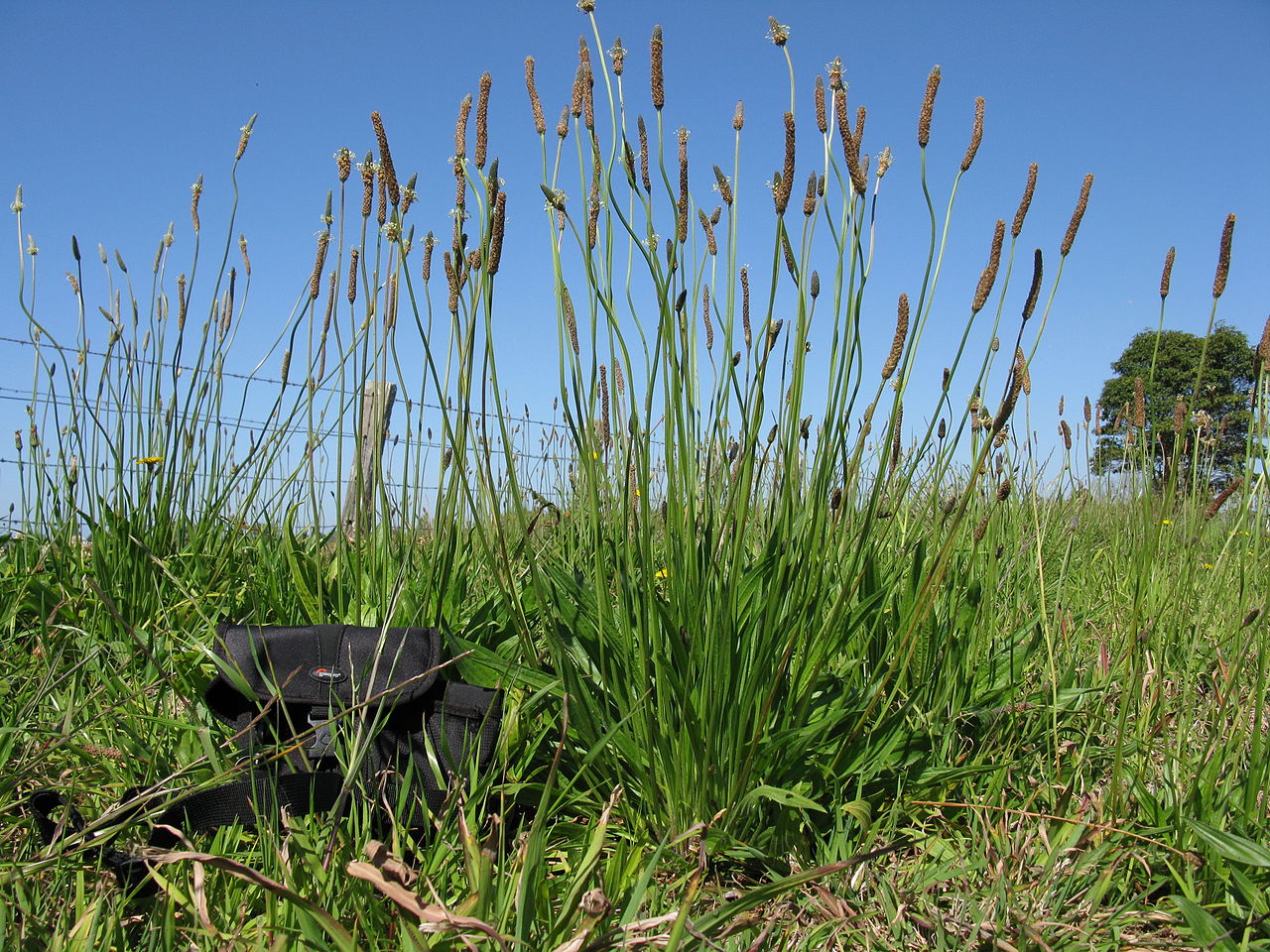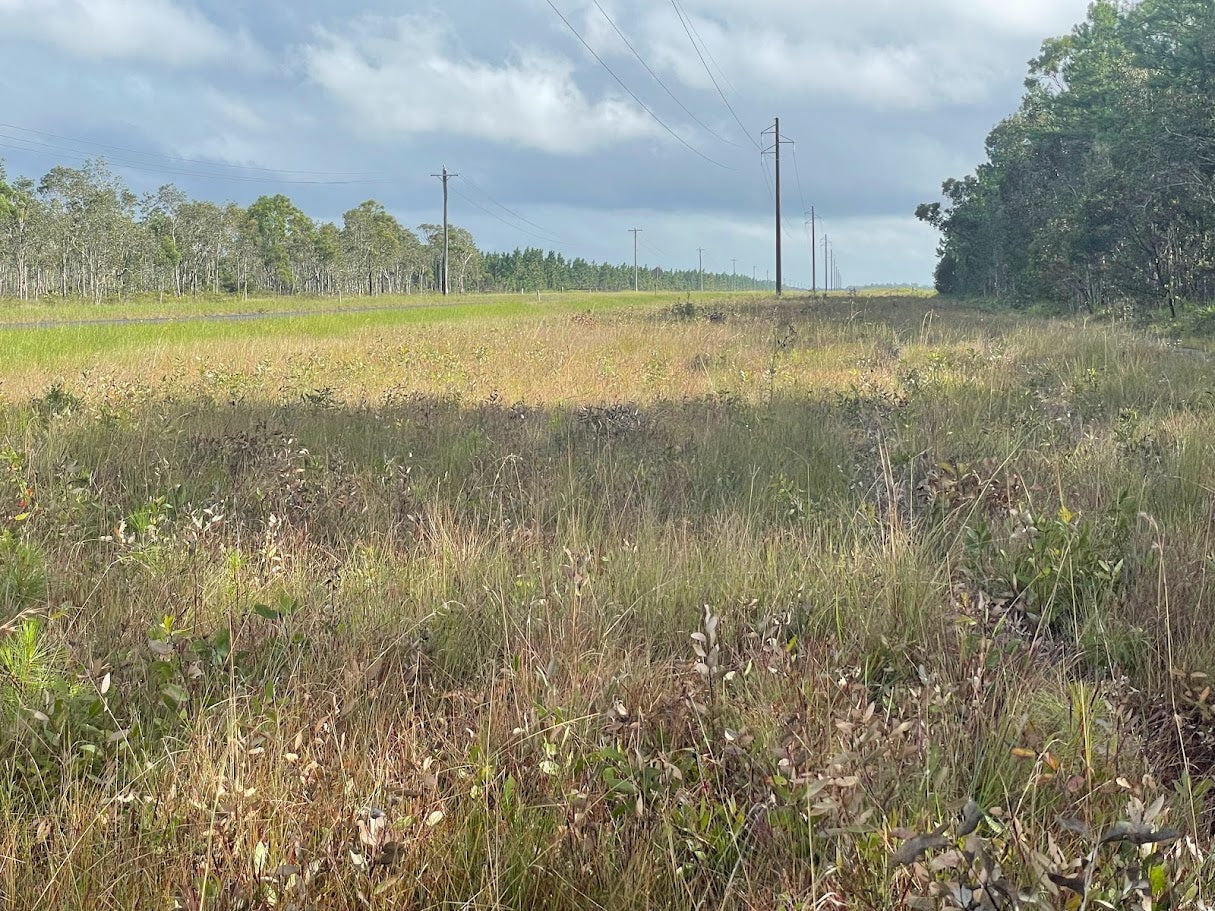
Vegetation Management for Weed Control on Australian Road Networks
Advancements in Vegetation Management for Weed Control on Australian Road Networks: The Role of Indaziflam
Maintaining safe and efficient road networks across Australia involves managing various challenges, one of which is weed control. Weeds alongside roads can hinder visibility, damage infrastructure, and pose safety hazards. Recent advancements in vegetation management have introduced innovative solutions, with the herbicide Indaziflam playing a pivotal role in weed control on Australian road networks. In this article, we explore these advancements and the significant impact of Indaziflam in addressing weed management challenges.

Indaziflam has gained prominence in Australian road network vegetation management due to its unique properties. It is a long-term pre-emergent herbicide that provides extended control of a broad spectrum of weed species. Indaziflam acts by inhibiting the growth of weed seedlings, preventing them from becoming established plants. This prolonged control minimizes the need for frequent herbicide applications, reducing both costs and environmental impact.
Indaziflam has a low active ingredient (AI) loading, meaning that only a small amount of the herbicide is required for effective weed control. This reduces the overall chemical load in the environment, contributing to improved environmental sustainability.
Indaziflam’ s extended activity period is a significant benefit for road network managers. It provides control over an extended timeframe, reducing the frequency of herbicide applications. This not only saves time and resources but also minimises disruptions to road users and reduces risks to operators in hazardous areas.

Indaziflam has demonstrated effectiveness in controlling particularly challenging weed species common along road networks, such as serrated tussock, Chilean needle grass, and African lovegrass. Its ability to target these problematic weeds contributes to improved road safety and infrastructure protection.
Advancements in vegetation management for weed control on Australian road networks, with the introduction of Indaziflam, represent a significant step towards safer, more sustainable, and cost-effective road maintenance. Indaziflam’ s unique properties, including its long-term pre-emergent action, selective control, low AI loading, extended activity period, and effectiveness against challenging weed species, make it an invaluable tool for road network managers.
By integrating Indaziflam into their vegetation management strategies, road authorities can improve road safety, reduce maintenance costs, and minimise the environmental impact of weed control efforts. As Australia continues to invest in its road infrastructure, the role of Indaziflam in vegetation management remains vital.

TAGS: Long-Term Pre-Emergent Herbicide, Extended Activity Period, Control of Difficult Weed Species
Additional content
VIEW GWS' ADDITIONAL CONTENT TO LEARN MORE ABOUT THE WEED INDUSTRY

Water pH and the Performance of Weak Acid Herbicides
Weak-acid herbicides must remain in their non-ionised (acid) form to move efficiently through the plant cuticle. When spray water is too alkaline, the herbicide molecule becomes ionised.
Read more
Towards Modern Vegetation Management: Solutions for Australia’s Linear Infrastructure
Understanding the Changing Vegetation Challenge Vegetation management across Australia’s linear infrastructure corridors is becoming increasingly complex. Roads, rail corridors, gas pipelines, elec...
Read more
Case Study: Parthenium Weed Hygiene
Introduction: The Necessity of Weed Hygiene Management Australia’s vast expanses and diverse land uses, from grazing pastures and cropping zones to natural bushland and urban corridors are u...
Read more
